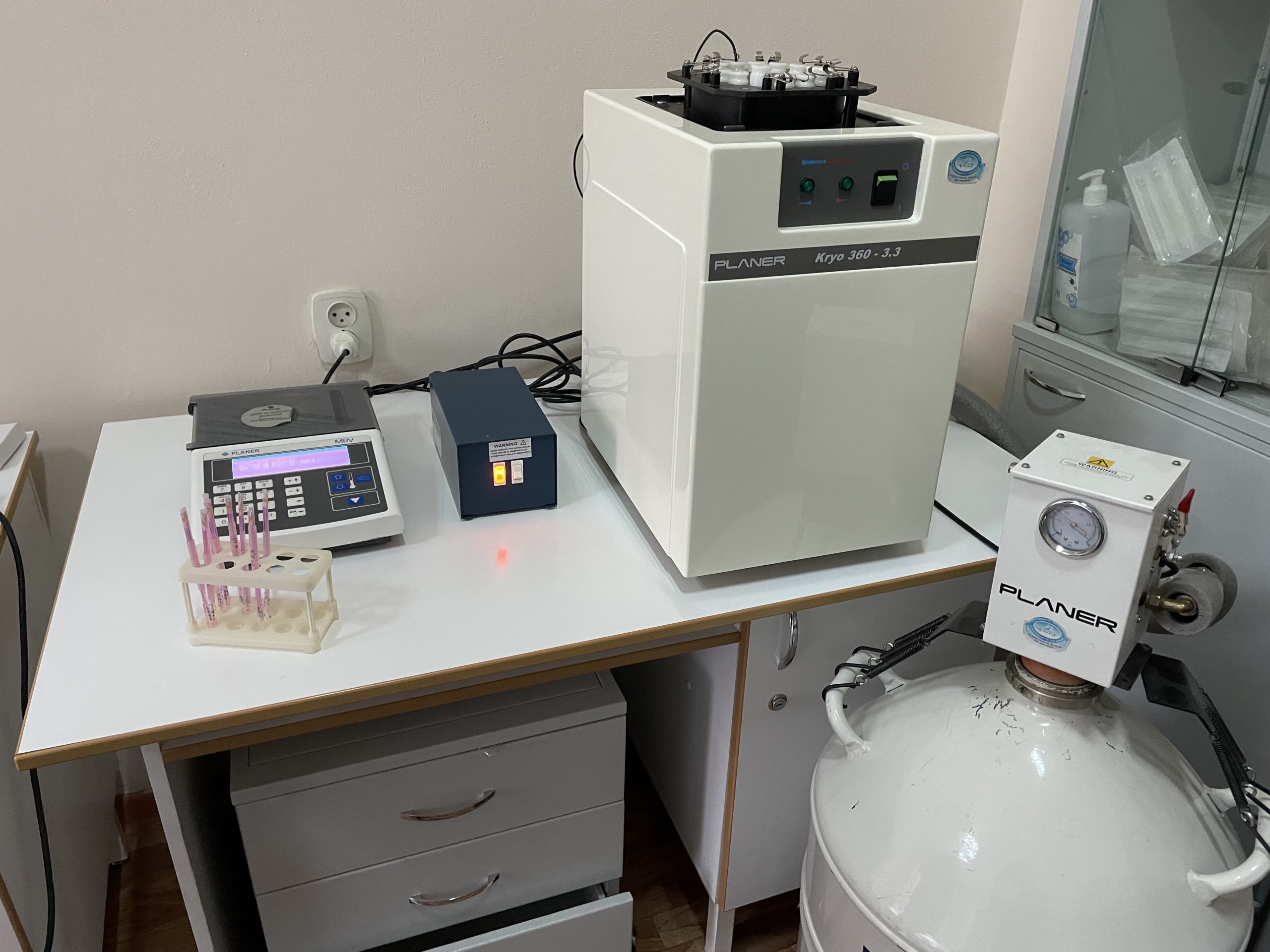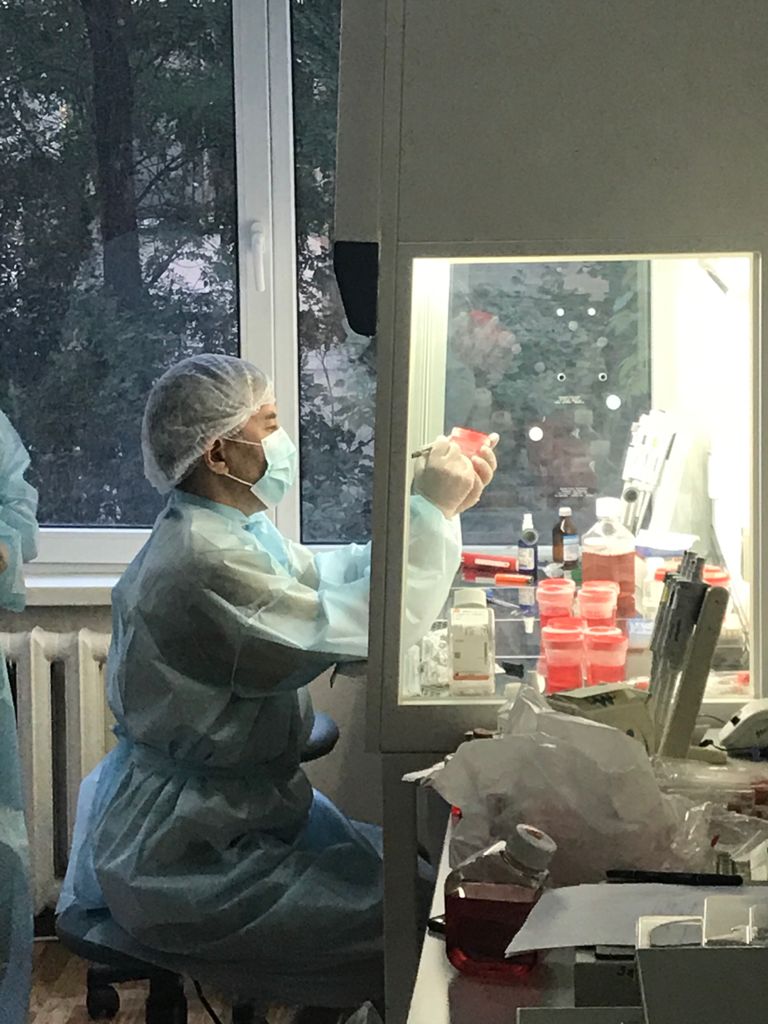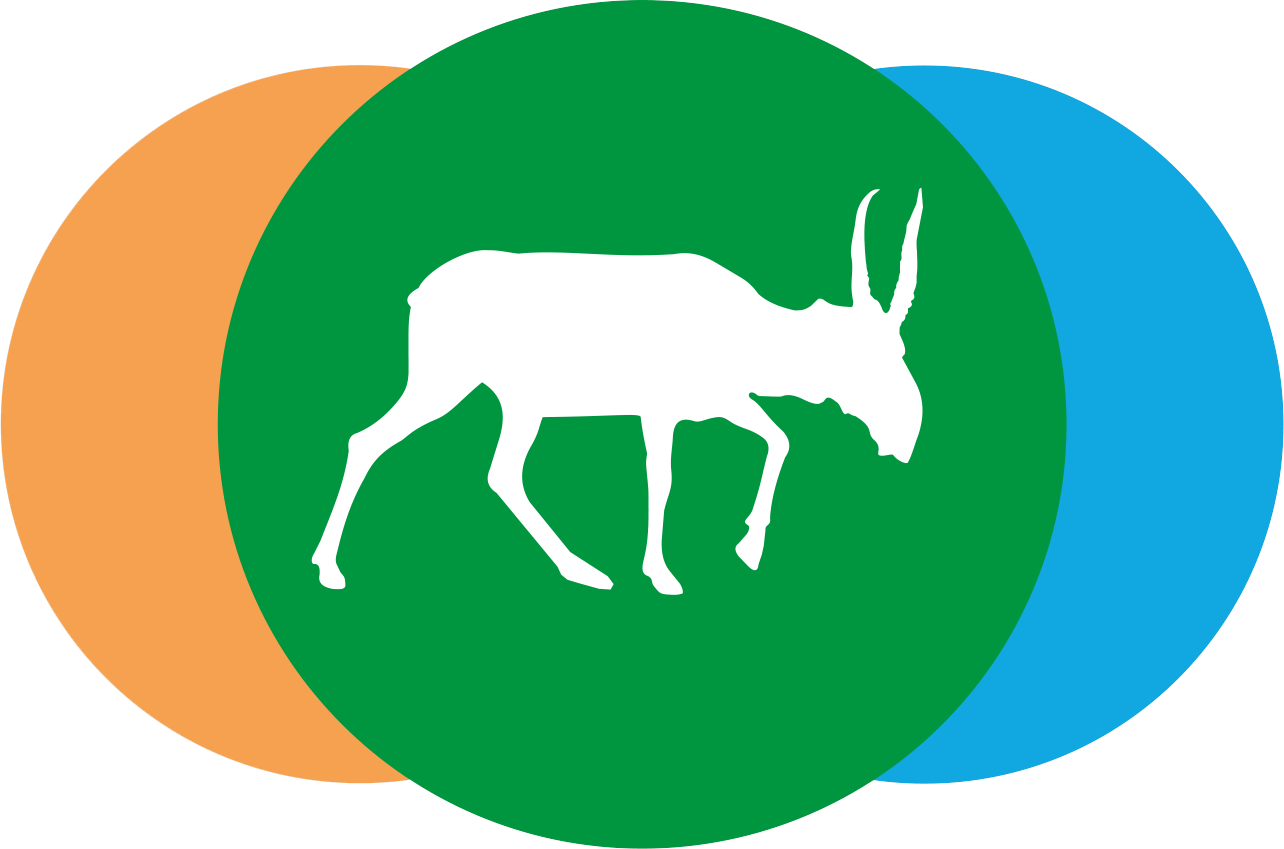The laboratory was established in 2021.
It is now common to distinguish between two main areas in the conservation of biodiversity on Earth – in situ conservation and ex situ conservation. In situ conservation measures (national parks, zoos and farms) maintain and ensure the adaptive management of animal genetic resources in productive landscapes. In situ measures encourage continued coevolution in different environments and avoid stagnation of genetic stocks.

Laboratory equipment
The use of traditional in situ methods is not always possible, as it is expensive. Attention is therefore being paid to developing an ex situ in vitro preservation method by creating banks of deep-frozen genetic material.
The main objective of the laboratory’s research is to study and develop reliable methods for the cryopreservation of wildlife cells and tissues for long-term storage in a cryobank of wildlife germplasm. Creation and replenishment of a cryobank of wild animals of various species.
In order to fulfil the research objective of the laboratory, the following objectives have been set:
- Conduct studies on in vitro cultivation of cells and tissues of wild animals of different species.
- Conducting research on the effects of different freezing methods and different cryoprotectants on the survival of cells and tissues of wild animals of different species.
- Development of optimal methods and recommendations for cryopreservation of germplasm of wild animals of different species.
- Creation and replenishment of a cryobank of wild animals of different species.
Research is carried out using modern equipment in accordance with international requirements of the IETS (International Embryo Technology Society). The laboratory is equipped with class II biosafety cabinets.
The effects of different components of the culture media on the in vitro cultivation of somatic cells (fibroblasts) of different animal species have been studied.
Survival of fibroblasts of different animal species under different freezing methods were studied: unbalanced cryopreservation, balanced cryopreservation, vitrification and ultrafast vitrification at ultra-low temperature (-205 degrees Celsius)
For carrying out researches the laboratory staff carried out works with the following animal species: snow leopard, Bukhara deer, roe deer, wild boar, badger, steppe marmot, fox, Altai lynx, steppe agama, desert goose, ridged gecko, skink gecko, oriental boa constrictor.

Laboratory staff at the work process
